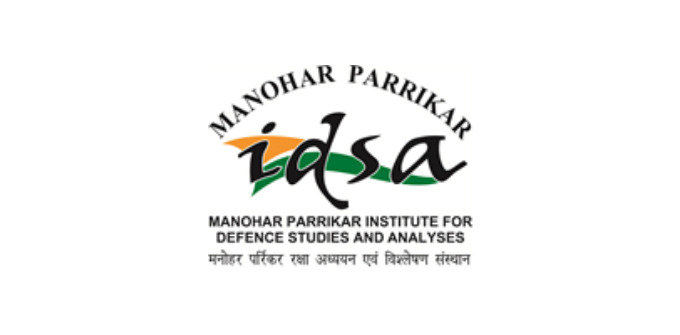Simmering South China Sea Dispute
On December 29, 2005, the Vietnamese foreign ministry accused Taiwan of being involved in the construction of a runway in the biggest of all of the islands, Itu Aba, in the disputed South China Sea. Also known as Taipingdao in Chinese, Ba Binh in Vietnamese and Ligaw in Filipino, it is strategically located in the region. Cumulatively, the South China Sea islands, covering about 200 islands and 800,000 square kilometres, are a bone of contention between Taiwan, China, Vietnam, Brunei, Malaysia and the Philippines.
- Srikanth Kondapalli
- January 18, 2006





